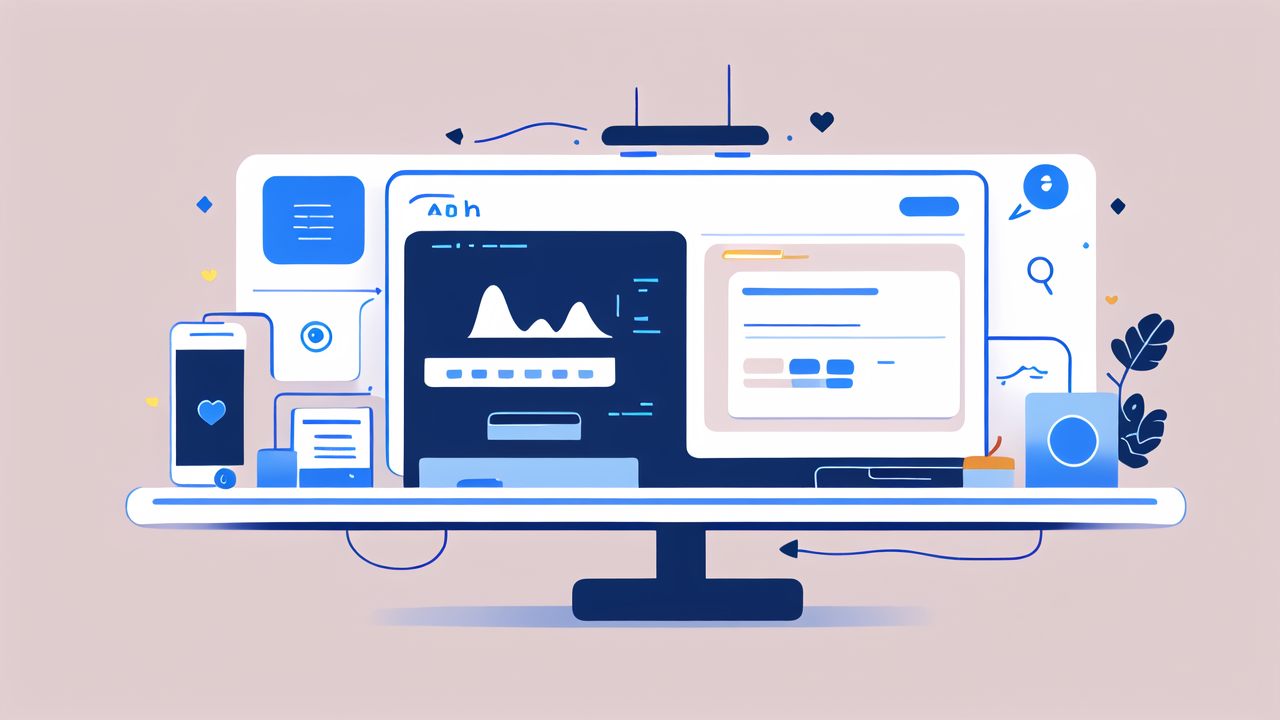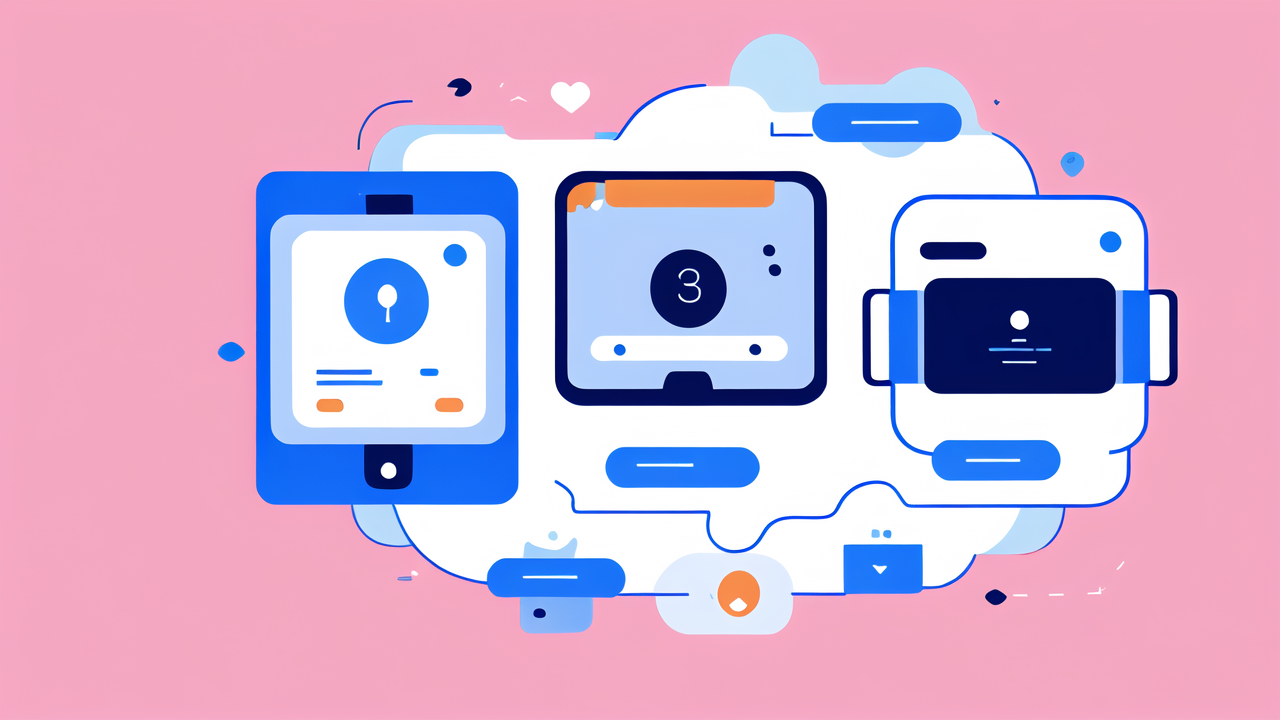Understanding Health Monitors: Features and Benefits
The Evolution of Health Wearables in the United States
Health wearables have come a long way in the US. They started as simple step counters. Now, they're advanced devices that track various health metrics. Early models only counted steps and calories burned. Today's wearables can monitor heart rate, sleep patterns, and even blood oxygen levels. The growth has been rapid, driven by tech advances and consumer demand. Americans are more health-conscious now. They want tools to help them stay fit and healthy. This has led to a boom in the health wearable market. Companies are constantly innovating to meet user needs. The result is a wide range of devices suited for different lifestyles and health goals.

Key Features of Top Health Monitors
Top health monitors offer a variety of features. Here are some key ones to look for:
- Heart rate monitoring: Tracks your pulse during rest and exercise
- Sleep tracking: Analyzes your sleep patterns and quality
- Step counting: Counts your daily steps for activity tracking
- GPS: Maps your runs or bike rides
- Blood oxygen monitoring: Measures oxygen saturation in your blood
- ECG: Some devices can take electrocardiograms
- Stress tracking: Monitors stress levels through heart rate variability
- Water resistance: Allows for swimming and shower use
- Long battery life: Ensures continuous tracking without frequent charging
These features help users get a complete picture of their health. They provide valuable data for both fitness enthusiasts and those managing health conditions.
Benefits of Wearing a Health Monitor
Wearing a health monitor offers numerous benefits. It helps you stay aware of your body's needs and changes. Here are some key advantages:
- Increased health awareness: You get real-time data about your body's functions.
- Motivation for exercise: Seeing your activity levels can inspire you to move more.
- Better sleep habits: Sleep tracking helps you improve your rest quality.
- Stress management: Stress level tracking aids in managing daily pressures.
- Early warning signs: Some monitors can detect potential health issues early.
- Goal setting and tracking: Set fitness goals and monitor your progress easily.
- Improved workout efficiency: Heart rate data helps optimize your exercise routine.
- Hydration reminders: Some devices remind you to drink water regularly.
- Personalized health insights: Get tailored advice based on your data.
- Connection with healthcare providers: Share your data with doctors for better care.
These benefits make health monitors valuable tools for maintaining and improving overall wellness.
Selecting the Best Health Monitor for Your Lifestyle
Assessing Your Fitness and Health Goals
Choosing the right health monitor starts with knowing your goals. Think about what you want to achieve. Are you aiming to lose weight? Or do you want to improve your sleep? Maybe you're training for a marathon. Your goals will guide your choice. If weight loss is your aim, look for a device with good calorie tracking. For sleep improvement, choose one with detailed sleep analysis. Runners might want GPS and advanced performance metrics. Consider your current fitness level too. Beginners might prefer simpler devices. Advanced users may need more detailed data. Also, think about any health conditions you have. Some monitors can track specific health markers. This can be helpful for managing chronic conditions. Write down your top health and fitness priorities. Use this list to narrow down your options.

Compatibility with Other Wellness Tools
Your health monitor should work well with other tools you use. Many people have favorite fitness apps or platforms. Check if the monitor syncs with these. Popular options include MyFitnessPal, Strava, and Apple Health. Look for devices that offer broad compatibility. This makes it easier to view all your health data in one place. Some monitors also work with smart home devices. They might connect to your smart scale or blood pressure monitor. This creates a more complete health tracking system. Consider your phone's operating system too. Some monitors work better with iOS, others with Android. Think about future needs as well. You might want to add more wellness tools later. A flexible, widely compatible monitor will serve you better long-term.
Lifestyle-Specific Monitoring and Alerts
Your lifestyle should guide your choice of health monitor. Different activities need different features. For example:
- Office workers might need posture alerts and stand reminders
- Athletes could use advanced performance tracking and recovery metrics
- Parents may want stress monitoring and mindfulness features
- Seniors might benefit from fall detection and medication reminders
- Night shift workers could use circadian rhythm tracking
Look for a monitor that fits your daily routine. If you're always on the go, long battery life is crucial. Water resistance is important for swimmers or surfers. Consider the alerts and notifications you need. Some monitors can remind you to move, breathe, or drink water. Others can alert you to irregular heart rhythms. Think about what would be most helpful in your daily life. Choose a monitor that provides relevant, actionable insights for your lifestyle.
The Future of Health Monitoring: Innovations and Trends
Cutting-Edge Technology in Health Wearables
Health wearables are embracing cutting-edge tech. New sensors are making devices more accurate and versatile. Some exciting innovations include:

- Continuous glucose monitoring without needles
- Sweat analysis for hydration and electrolyte balance
- Advanced sleep tracking with REM cycle analysis
- AI-powered health assistants for personalized advice
- Skin temperature sensors for fertility tracking
- UV exposure monitoring for sun safety
- Blood pressure monitoring without a cuff
- Emotion recognition through voice and heart rate patterns
These technologies are making health monitors more powerful. They're turning wearables into comprehensive health management tools. Future devices might even detect diseases early. Imagine a watch that can warn you of an impending heart attack. Or one that can monitor your mental health. The goal is to make health tracking seamless and proactive. As tech improves, these devices will become even more integral to our health care.
How Health Monitors Are Changing Healthcare
Health monitors are revolutionizing healthcare. They're shifting the focus from treatment to prevention. Doctors now have access to more patient data than ever before. This leads to better diagnoses and treatment plans. Patients are more engaged in their health. They can track their progress and make informed decisions. Some key changes include:
- Remote patient monitoring: Doctors can check on patients from afar.
- Early detection of health issues: Monitors can spot problems before symptoms appear.
- Personalized treatment plans: Data helps tailor care to individual needs.
- Improved medication management: Monitors can track med adherence and effects.
- Enhanced lifestyle interventions: Real-time data guides better health choices.
- Reduced healthcare costs: Prevention and early detection save money.
- Empowered patients: People take more control of their health.
- More efficient doctor visits: Physicians have data to guide consultations.
- Better chronic disease management: Continuous monitoring helps control conditions.
- Increased health literacy: Users learn more about their body's functions.
These changes are making healthcare more proactive and personalized.
Predicting Future Trends in Personal Health Monitoring
The future of personal health monitoring looks exciting. Here are some trends we might see:
- Integration with smart clothing: Sensors woven into fabrics for constant monitoring
- Nano-sensors in the bloodstream: Tiny devices that can detect health issues internally
- Brain-computer interfaces: Wearables that can read and interpret brain signals
- Augmented reality health displays: Visual overlays showing real-time health data
- Predictive health AI: Systems that forecast health issues based on long-term data
- Personalized nutrition tracking: Devices that suggest meals based on your body's needs
- Environmental health monitoring: Wearables that detect harmful pollutants around you
- Genetic data integration: Monitors that consider your DNA for health recommendations
- Social health networks: Platforms for sharing and comparing health data with peers
- Virtual health coaches: AI assistants providing round-the-clock health guidance
These trends point to a future where health monitoring is constant and highly personalized. The goal is to make staying healthy easier and more intuitive. As technology advances, our ability to understand and care for our bodies will grow. The line between technology and human health will continue to blur, creating exciting possibilities for wellness.




Leave a comment
This site is protected by hCaptcha and the hCaptcha Privacy Policy and Terms of Service apply.